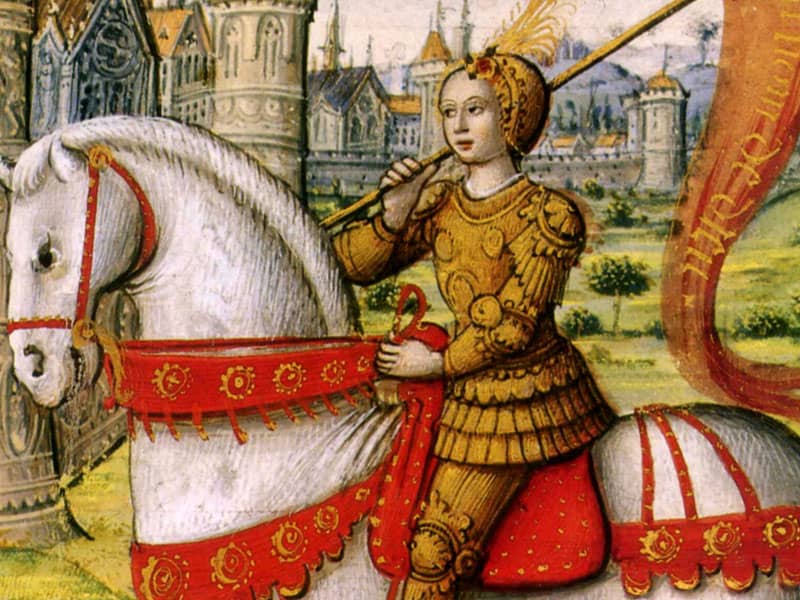They are people with shared histories of violence, abuse and unspeakable betrayal. At age 6, one was sodomized in the church sanctuary by the family priest, then raped again at 8 by a second priest in another state. Another was lured into a sexual relationship at age 16 by one priest, who invited six other priests along for the "fun" over the next four years. Still another person remembers wandering into the rectory at about age 8, only to be raped.
Who are they? Given recent headlines, with the Catholic Church nationwide struggling with its worst sex scandal, you might easily assume these victims are boys and adolescent males--altar boys, perhaps, assaulted by pedophiles lurking beneath the collar. They are victims, yes, but they are not boys at all.
They are grown women, forced to live with a betrayal many misperceive to be borne almost exclusively by males. Look again.
"Of the priests we've evaluated, more abuse girls than abuse boys," says Gary Schoener, a Minneapolis psychologist and expert on clergy sexual abuse. Despite media emphasis over the years on male victims--boys and men with horrific stories of their own--Schoener and other experts believe that troubled priests and other clergy are more likely to abuse females, especially adult women.
Sometimes their stories trickle out; more often, they do not. Meanwhile, the number of male victims in a single parish can add up quickly, as one pedophile-priest may have unlimited access for a long period to boys on outings or other male-oriented church activities. From this, big headlines are made.
"Everything's always about the altar boys. It's like nothing ever happened to the girls," says Terrie Light of Castro Valley, West Coast regional director of SNAP, Survivors Network of Those Abused by Priests.
Light was about 8 and attending church in the Oakland diocese when she went to the rectory looking for her mother. She was raped by the priest instead. Now 50, she struggled emotionally for years--feeling "crazy and weird and defective." There simply were no other stories about women.
There are many explanations for the widespread misperception about victims of clergy abuse, though one of the most disturbing is this: the old "she asked for it." She must have seduced him. She made him sin. The girl, however young, is cast as temptress.
Such was the logic played over and over to a Los Angeles woman, who became pregnant years ago after her priest and six other priests routinely had intercourse with her beginning when she was 16.
"As Catholics, we see priests even above angels," said Rita Milla, who is now married with a second child. "To believe whatever they said had to be the right thing."
After giving birth in the Philippines, where the priest had hidden her away, Milla returned with her child and eventually sued the church. In 1991, the priest publicly apologized for seducing the teenager, but she did not win her lawsuit--in part, because it was filed too late. She had refused to settle, she said, because she would not agree to silence.
Yet even today, the courts are not always sympathetic to female victims. Boys not only get more media coverage in clergy abuse cases, said Schoener, they also tend to get bigger verdicts. Homophobia, he believes, has been a "very, very powerful force."
"In modern society, homosexual rape is considered a more heinous act," said the psychologist, who is frequently an expert witness. Ranking victims' worthiness is the worst thing we can do-- look no further than the bickering over the Sept. 11 fund. But overlooking a whole group of victims is right up there.
"There are a lot of women (victims) out there who believe they are alone and isolated and 'special' in a bad way," says Light.
They are not, and that is the good news. For both sexes, it is also the bad.

